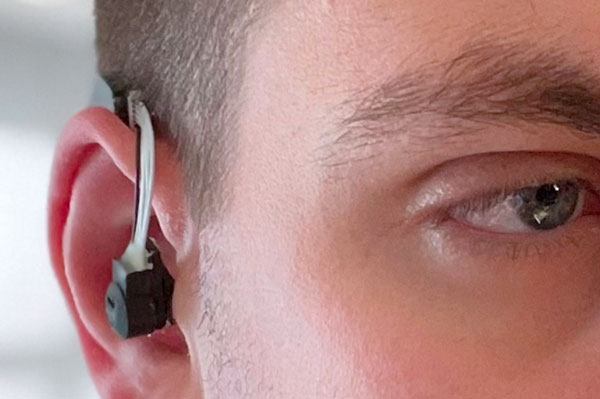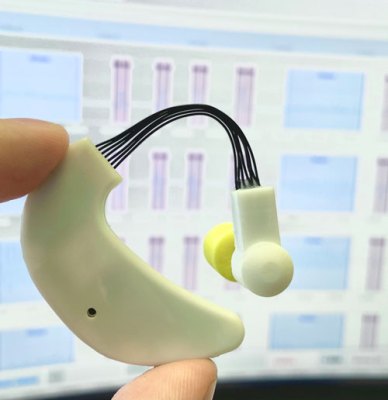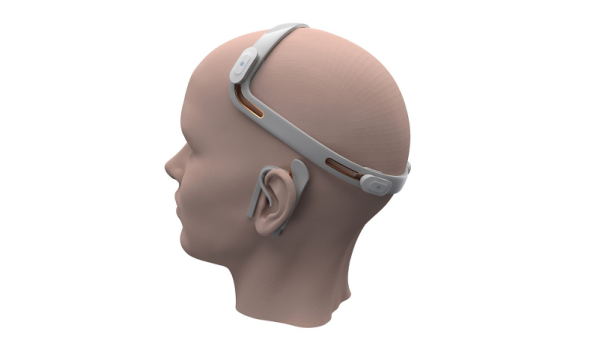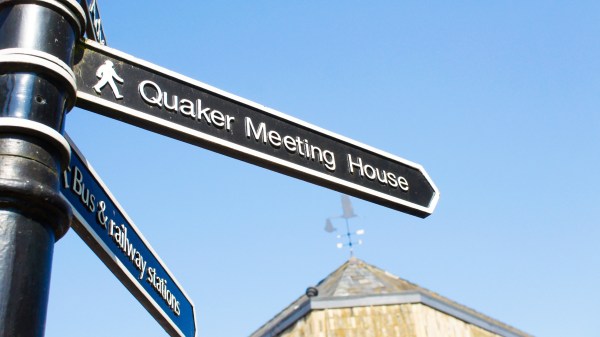You might think you don’t need a hearing aid, and you might be right. But in general, hearing loss eventually comes to all of us. In fact, you progressively lose hearing every year, which is why kids can have high-pitched ringtones their parents can’t hear.
You’d think hearing aids would be pretty simple, right? After all, we know how to pick up sounds, amplify them, and play them back. But there’s a lot more to it. Hearing aids need to be small, comfortable, have great battery life, and cram a microphone and speaker into a small area. That also can lead to problems with feedback, which can be very uncomfortable for the user. In addition, they need to handle very soft and loud sounds and accommodate devices like telephones.
Although early hearing aids just made sound louder and, possibly, blocked unwanted sound, modern devices will try to increase volume only in certain bands where the user has hearing loss. They may also employ sophisticated methods to block or reduce noise. Continue reading “Tech In Plain Sight: Hearing Aids”


















